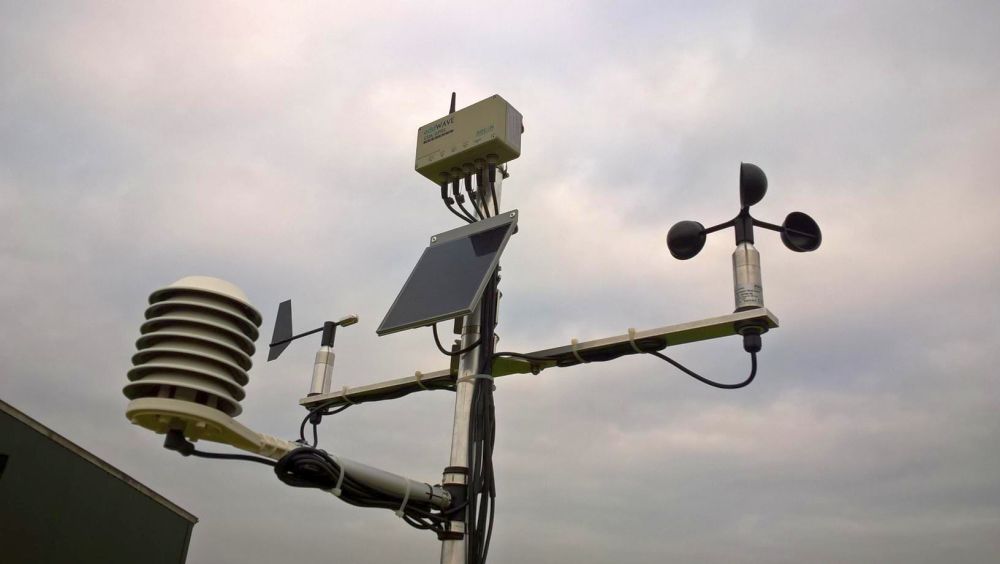
Anglian Water is trialling a new initiative to allow local farmers access to latest weather information in a bid to protect the water environment.
At the end of 2016, the water company partnered up with Agrii to install weather stations across all of its natural catchments - Alton, Ardleigh, Grafham, Pitsford, Hollowell, Ravensthorpe and Rutland.
The stations provide real-time weather data on temperature, wind direction and speed, rainfall, relative humidity, soil temperature and moisture.
Tom Edmondson, one of Anglian Water’s Catchment advisors said: “We have a really good relationship with farmers in our region through our ‘Slug it Out’ programme which tackles the issue of metaldehyde in raw waters. This trial is a continuation of that work.
“The biggest problem with metaldehyde is once it gets into our raw water it is impossible to remove during the treatment process. By providing farmers with the latest weather forecast, they can make informed decisions about when to spray their crops to limit excess spread of chemicals.”
Best time to spray crops
All data from the weather stations feeds into Agrii’s dashboard which natural catchment farmers have access to.
It gives them a five-day spraying condition forecast to help them make better informed decisions about when will be the best time to spray their crops.
The current work is another tool in Anglian Water’s Slug it Out campaign, which was launched to look at how levels of metaldehyde in rivers and reservoirs could be brought below the strict European standard of 0.1 micrograms per litre (or parts per billion) in treated water.
This is the same as one drop in an Olympic sized swimming pool. Levels in reservoirs in the East Midlands and East Anglia region regularly exceed this and removing metaldehyde through treatment is currently not possible. It is not harmful to humans at current levels.
The first year of the trial was seen as successful, which saw a 100% uptake by 89 farmers in the area, covering 7,679 hectares of land.
An estimated 1,613 kg of the active ingredient, metaldehyde, was removed from the farmed landscape bringing the average levels in reservoir tributaries down by 60%. The results from the second year of the project are due to be announced shortly
Protecting water quality
Mr Edmondson said the work helps farmers treat their crops in order to reduce waste, save money and protect water quality.
“Not only is this data useful for farmers, but it means at Anglian Water, we can see what historical weather conditions were like if an increased level of pesticide is detected in a specific water course. This enables us to gather better information and make better comparisons between the timing of application and detected levels of pesticide.”
Currently six more weather stations are being installed across the region, with a focus on ‘pumped catchments’ (areas where we use pumps to move water around, rather than it flowing naturally). Stations are planned for the Upper Ouse at Milton Keynes, the Great Eau in Lincolnshire the Nar, Wissey and Wensum in Norfolk, and the Colne in Essex.
